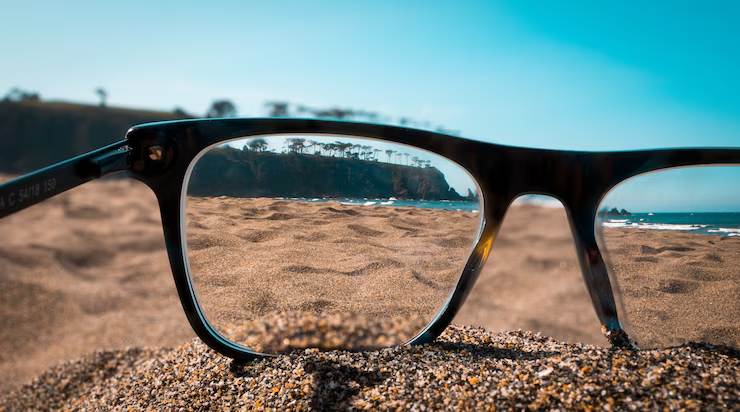Outdoor lover

Lens Material: Choose a lens material that suits your needs. Common options include polycarbonate, which is impact-resistant, and high-index plastic, which can be thinner and lighter.
- Prescription: Ensure that the lenses are customized to your specific vision prescription. You can opt for single-vision lenses for distance vision or multifocal lenses if you need both distance and reading correction.
- Lens Tint: Select a lens tint appropriate for your outdoor activities. For example, gray tints provide true color perception, while brown or amber tints can enhance contrast and depth perception. Mirror coatings can reduce glare.
- UV Protection: Make sure the lenses offer adequate UV protection to shield your eyes from harmful ultraviolet rays, especially during outdoor travel.
- Anti-Glare Coating: An anti-reflective coating can help reduce glare from surfaces like water, roads, or snow, improving visual clarity.
- Photochromic Lenses: Photochromic lenses automatically adjust their tint based on light conditions, making them versatile for changing environments during outdoor travel.
- Polarized Lenses: Polarized lenses can reduce glare from reflective surfaces like water or snow, which is beneficial for activities such as fishing or skiing.
- Anti-Scratch Coating: Outdoor activities can expose your lenses to potential scratches, so consider lenses with an anti-scratch coating to protect them.
- Water-Repellent Coating: Some lenses come with a water-repellent coating that helps keep them clear from rain or water splashes.
- Transitions Lenses: Transitions or adaptive lenses change their tint depending on light conditions, transitioning from clear indoors to tinted outdoors. They provide convenience for various lighting situations during your travels.
- Impact Resistance: If you engage in activities with a higher risk of impact, like hiking or biking, consider impact-resistant lenses for added safety.
- Lens Shape and Design: The shape and design of the lenses can affect your field of vision and comfort. Discuss your preferences with an optometrist or eyewear specialist.





















